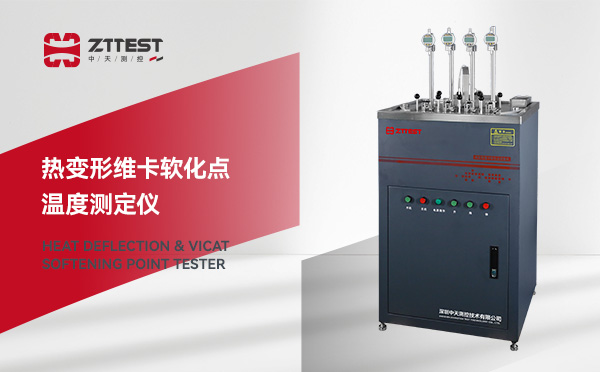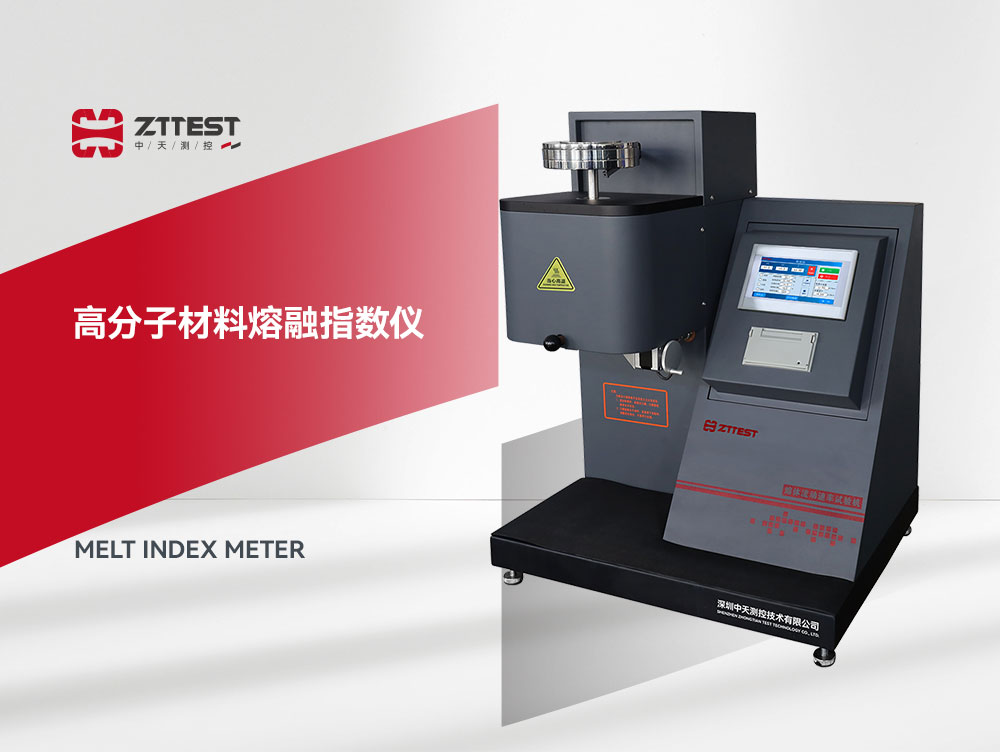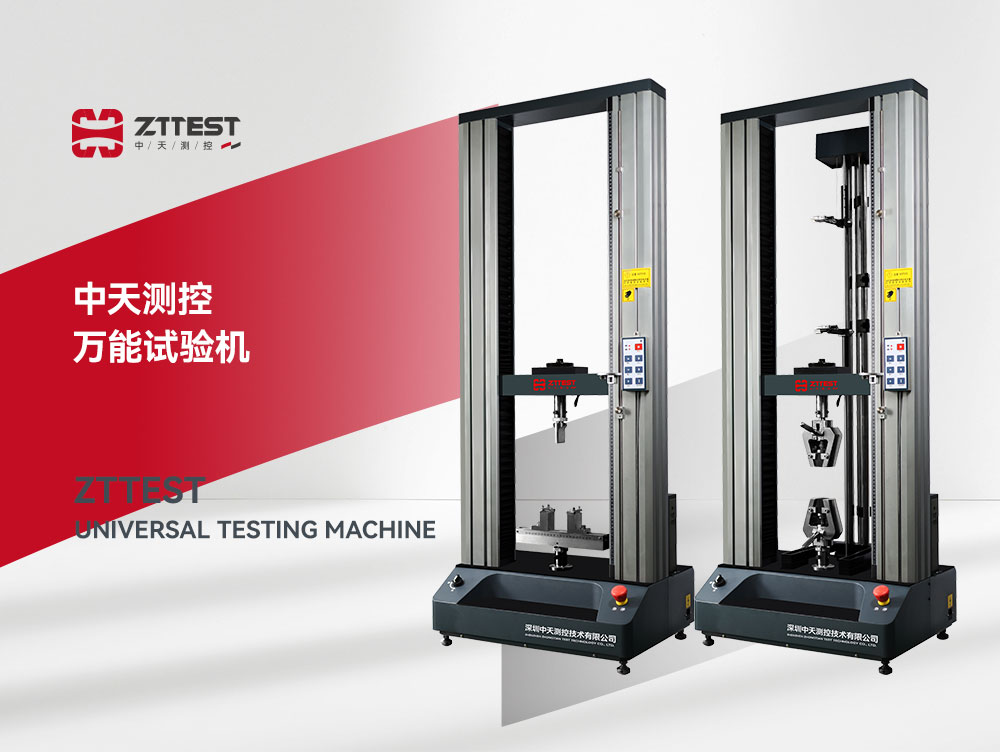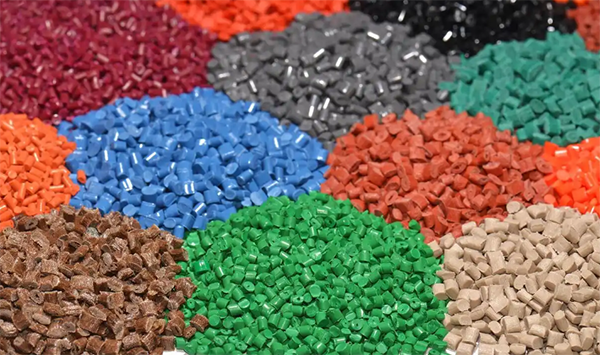1. Device Overview: What Does a Heat Deflection & Vicat Softening Point Tester Actually Measure?
The Heat Deflection & Vicat Softening Point Tester (commonly referred to as an HDT/VST tester) is a precision instrument designed to determine the thermal performance of non-metallic materials under load and elevated temperature. It’s essential for evaluating the heat resistance level of a material to determine its suitability for high-temperature environments.
The device integrates two core test functions:
Heat Deflection Temperature (HDT): The temperature at which a test specimen deforms under a specified stress.
Vicat Softening Point (VST): The temperature at which a flat-ended needle penetrates a test specimen to a depth of 1 mm under a specific load.
These measurements are critical for assessing the thermal stability of thermoplastics, thermosetting plastics, electrical insulation materials, and more.
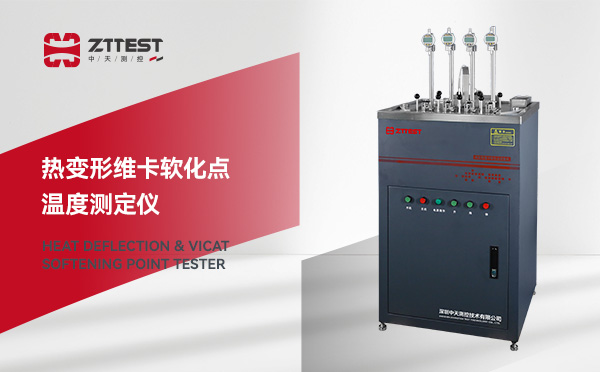
2. Test Process Overview (Including HDT & VST)
HDT (Heat Deflection Temperature) Test Process
Prepare the specimen according to standard dimensions;
Mount it on a three-point bending fixture and apply a specific load (e.g., 0.45 MPa);
Heat at a constant rate (typically 120°C/h);
Record the temperature when the deformation reaches 0.25 mm—this is the HDT.
VST (Vicat Softening Temperature) Test Process
Fix the specimen horizontally in a holder;
Apply a flat-ended needle with a standard weight (e.g., 10N or 50N);
Heat the oil bath at a constant rate;
Record the temperature when the needle penetrates the specimen to 1 mm.
3.Testing Standards Reference
|
Standard Code
|
Title
|
Applicable Test Type
|
|
GB/T 1633
|
Method for Determining Vicat Softening Temperature
|
VST
|
|
GB/T 1634
|
Method for Determining Heat Deflection Temperature
|
HDT
|
|
ISO 306
|
Plastics — Vicat Softening Temperature
|
VST
|
|
ISO 75
|
Plastics — HDT Testing
|
HDT
|
Ensure that the equipment supports the above standards and features automatic temperature control and displacement measurement for accurate results.
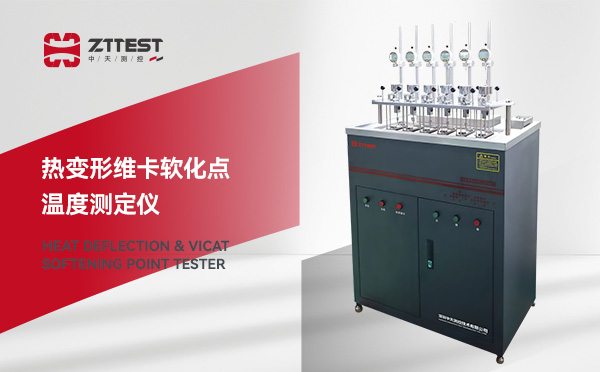
4.Key Components Breakdown (What to Look For When Buying)
|
Component
|
Function
|
Selection Tips
|
|
Heating Oil Bath
|
Provides stable and uniform temperature
|
Prefer PID closed-loop systems
|
|
Load Mechanism
|
Applies standardized load
|
Look for automatic weight switching options
|
|
Displacement Sensor
|
Measures deformation accurately (±0.01mm)
|
Optical sensors are highly recommended
|
|
Control System
|
Manages display, recording, and export
|
Should support USB data output and report printing
|
5. Application Fields and Typical Users
Material R&D Labs: For analyzing thermoplastic and thermoset performance
Quality Inspection Labs: For batch testing, compliance, and reporting
Educational Institutions: For hands-on training and demonstrations
Third-party Testing Agencies: For issuing certified test reports
6. Operation Essentials
Specimen Requirements
Vicat sample: (10 ± 0.2) mm length, (4 ± 0.1) mm thickness
HDT sample: (127 ± 1) mm length, (13 ± 0.2) mm width, (12.7 ± 0.2) mm thickness
Pre-Test Checklist
Calibrate load and temperature sensors
Check oil level and remove residues from oil bath
Set proper heating rate (commonly 50°C/h or 120°C/h)
Post-Test Data Processing
Auto-identify deformation depth or penetration depth
Graphical data visualization (optional)
Auto-generate PDF reports or print results directly
7. Common Issues & Troubleshooting
|
Issue
|
Possible Cause
|
Recommended Solution
|
|
Temperature fluctuation
|
Unstable oil bath control
|
Check sensor or clean heater
|
|
Irregular displacement
|
Faulty or misaligned sensor
|
Reinstall or replace sensor
|
|
Inaccurate results
|
Inadequate load or bad sample prep
|
Verify weight and sample size
|
|
Software lag
|
Overloaded system memory
|
Restart and clear software cache
|
8. Recommended Brands for HDT/VST Testers
Domestic Brands:
Jinan Jingji, Zttest, Beijing Beiguang, Huaheng
Pros: Cost-effective, fast after-sales, standards compliant
International Brands:
Zwick/Roell (Germany), Instron (USA)
Pros: High accuracy, robust software, ISO-certified
Conclusion: Focus on the Specs That Matter
When selecting a Heat Deflection & Vicat Softening Point Tester, it’s not just about cost. Focus on the specific materials you're testing, how frequently you use the machine, and which standards apply. A well-matched machine ensures accurate data, high efficiency, and long-term compliance for lab and industrial use.















